Talking To Kids About Mental Illness
In my children’s book about mental health awareness, Binky Bunny Wants to Know about Bipolar, Binky Bunny sees Mama Bunny sleeping a lot and wonders why she won’t wake up and play with him. When he asks his mom what’s wrong, he learns about bipolar disorder.
Binky learns that Mama Bunny loves him very much, but she needs her naps to function from day to day. It’s not that she’s avoiding Binky, or the chores that need to be done around the house; she wants to work and play, but she was born with an invisible illness in her brain that slows her hop.
Binky learns that he needs to work with his father to help Mama Bunny feel better. He doesn’t want bipolar disorder and its symptoms to keep her from experiencing life’s everyday gifts. Now educated and engaged, Binky is determined to help his mom live in an environment where she can heal.
This book is my way of showing how important it is to talk with our children about all aspects of mental health—including mental illness. As a parent with a diagnosis of bipolar disorder, I’ve already started a dialogue with my 8-year-old son to help him get a better grasp of what’s going on with me. I believe I was given my illness for a reason, and I’m not going to keep quiet about it, especially with my son.
I don’t believe in hiding behind stigma and just telling him I’m tired. I’m upfront and honest, because I believe if we want to live in a society free of stigma, we have a moral obligation to educate our children.
Keep Your Kids In The Loop
As soon as children are old enough to understand that mommy or daddy isn’t “like the other mommies or daddies,” it’s time to have a talk. It’s OK if they don’t understand right away. Every day is another opportunity for more education. Have a recurring family meeting or a set, consistent time when you all sit down and have a candid conversation about mental health. This will provide repeated opportunities for discussion and for your children to ask questions.
My family does this pretty informally. When my husband and I are together at the end of each day, we ask my son how his day was. This is a perfect opportunity to let your child know if you’re having a good day or if you need a little extra help. For example, on a day when loud noises might be bothering me, I might ask my son to keep it down for me and explain why.
Also use this time to explain how your mental illness is currently affecting your daily routine. If you’re a parent with a mental health condition who needs to be alone or take naps to recharge (like Mama Bunny and me), kids might be worried there’s something wrong with you, or worse, that you don’t want to spend time with them. Make sure they know nothing could be further from the truth. It might not be every day you have to sleep in or take naps, but if you have a particularly sleepy week, reassure your children it’s not something you’re doing to avoid them. Taking a nap is sometimes like taking a shower—just a part of daily hygiene.
Answer Their Questions
I know I don’t have all the answers, so if my son asks me something I’m unsure about during our talks, I’ll seek resources from my doctor or local library. If I need to explain something about mood, depression, mania or hospitalization, I’ll try to find something age-appropriate I can read to my son. But there really isn’t a lot of reading material about mental illness for children. So, I’ll often write down his questions and bring them to my next appointment so my doctor can give detailed, kid-friendly explanations I can bring home.
A few times, I’ve set up appointments for the two of us or our whole family to visit my doctor. My family finds this very helpful because no matter how much research we might do on our own time, bipolar disorder is different for everyone who experiences it. No two people with the same diagnosis have identical symptoms or express their illness in the same way. So, it’s great when my family can get together to talk to my mental health professional, who helps me with my illness, about how we can all cope together as a family. When we leave, we feel like we’re all on the same page.
Be Honest About Medication
This might not be a popular opinion, but I think children should also be informed of the medications their parents are taking. Medications for depression cause certain side effects, while medications for psychosis cause other side effects and medications for anxiety cause different side effects still. I think it’s important for children to know what to expect.
And it’s OK to tell children that having to take medication for your illness is something not under your control. Just like how they need shots to stay healthy or take antibiotics when they get sick—with mental illness comes medication. We might not like it, but we need it.
Keep The Conversation Going
Teaching kids about mental health should not stop once they leave the house. School is an important place for them to learn more, and school counselors and teachers should have resources about mental illness and suicide. It’s also beneficial for a child to have a non-biased counselor to talk to if they have questions they don’t feel comfortable asking you, or if they’re having mental health concerns about themselves.
A great resource for schools is NAMI Ending the Silence, an in-class presentation in which students learn about mental illness from someone with lived experience. Having conversations and learning about mental health in school will only reinforce the information you share with your child at home. The more education your child receives about mental health, the more important it will seem.
As parents, we’re not mind-readers, and we can’t afford to pretend we are. That’s why it’s so important to communicate with our children about mental illness—even if it’s difficult to talk about or explain. We never know what they might be thinking, and it’s only fair to you and your children to be honest about your mental health.
I wrote my children’s books about bipolar disorder because my son was starting to ask questions, and I’d rather he learn from me about mental illness than the callous things he might learn from those who aren’t educated.
I’ve seen amazing ripple effects since starting our talks: My son now educates others on the topic. He has tools in his toolbox to use if someone says something about mental illness he knows isn’t true.
To help end stigma, we need to start with our own children. So if you’re a parent living with mental illness, fill your house with love and mental health awareness. Don’t procrastinate, educate. And feel free to use Binky Bunny. Together, we can all hop to stop stigma!
Kathleen Boros is originally from Massachusetts and was brought up in Florida. She’s been married for 15 years and has an 8-yearold son. She was diagnosed with bipolar disorder at 19 and is now 41. She received a bachelor’s in behavioral science and a master’s in special education. She enjoys writing to educate children and their families about mental illness. Join her efforts to educate children on mental health with Binky Bunny.
https://www.nami.org/Blogs/NAMI-Blog/November-2018/Talking-to-Kids-About-Mental-Illness

